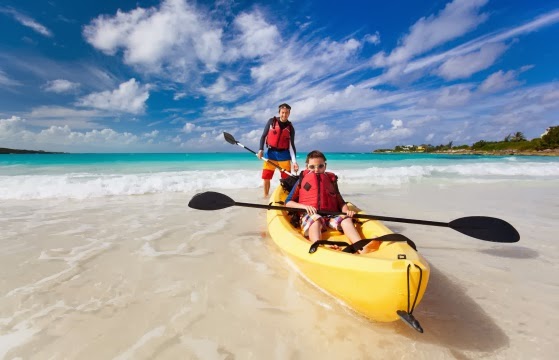Our mental well-being is an important aspect of general health. Having a good social support group, being physically active, joining a community group or having a hobby can influence our mental well-being. Combining any of these options can offer a multidimensional approach to coping with mental illness.
A recent study published in the Journal of Ecopsychology looked at nature walks in a group setting and their effect on mental health. The research concluded that joining a nature walking group significantly decreased depression, reduced perceived stress and minimized negative thinking while increasing mental well-being. Researchers further added that nature walks in a group setting could improve an individual’s well-being when coping with stress and negative emotions.
The research looked at the dynamics of being part of a group, participating in physical activity, and being in nature and it showed that:
- Being part of a group allows individuals to be more social, to maintain a consistent schedule, to be held accountable to that group and provides people with a safe and structured environment.
- Physical activity can have a positive effect on mood and can help manage symptoms of depression.
- Being in nature gives a person the opportunity to increase their Vitamin D levels which can combat seasonal affective disorder (SAD).
- People incur minimal cost through walking outdoors and may gain an increased awareness of the environment.
- Participating in a nature walking group provides a multifaceted approach to improving ones mental health.
Understanding the importance of positive mental health can assist in developing and sustaining an optimistic state of mind. Doing so can also help a person better understand themselves and enable them to seek out the necessary support.
Being mentally healthy means:
- Enjoying the present moment without dwelling too much on the past or worrying too much about the future.
- Bouncing back from adversity after dealing with life’s challenges and building resiliency from the experiences.
- Balancing most aspects of your life by forming good relationships and reaching your potential.
Good mental health enables people to enjoy life, maintain a positive attitude and have a sense of purpose. Outdoor recreation, especially in nature and with people who share the same interests, can provide great benefits for your body and mind while still being economical and fun to do.


 Whether you’re planning a March break getaway or already thinking ahead to summer vacation, a little time away can be the highlight of your year. Travel typically involves departing from your daily routine which can include your workout or
Whether you’re planning a March break getaway or already thinking ahead to summer vacation, a little time away can be the highlight of your year. Travel typically involves departing from your daily routine which can include your workout or  Be Flexible: Fit in workouts whenever you can; go for a swim, hike on a trail, bike around the city, or try something new. If you aren’t able to fulfill your typical workout, that’s okay, view the week as light training or as a
Be Flexible: Fit in workouts whenever you can; go for a swim, hike on a trail, bike around the city, or try something new. If you aren’t able to fulfill your typical workout, that’s okay, view the week as light training or as a 
